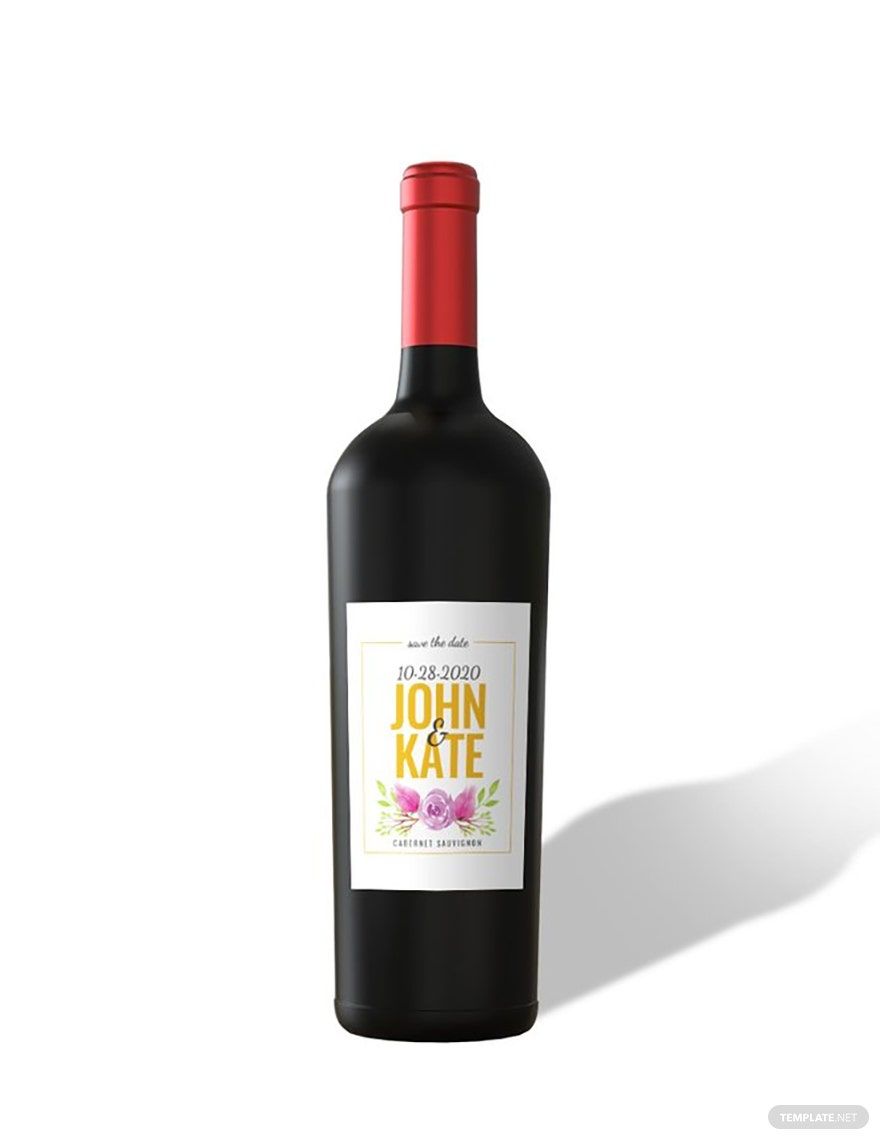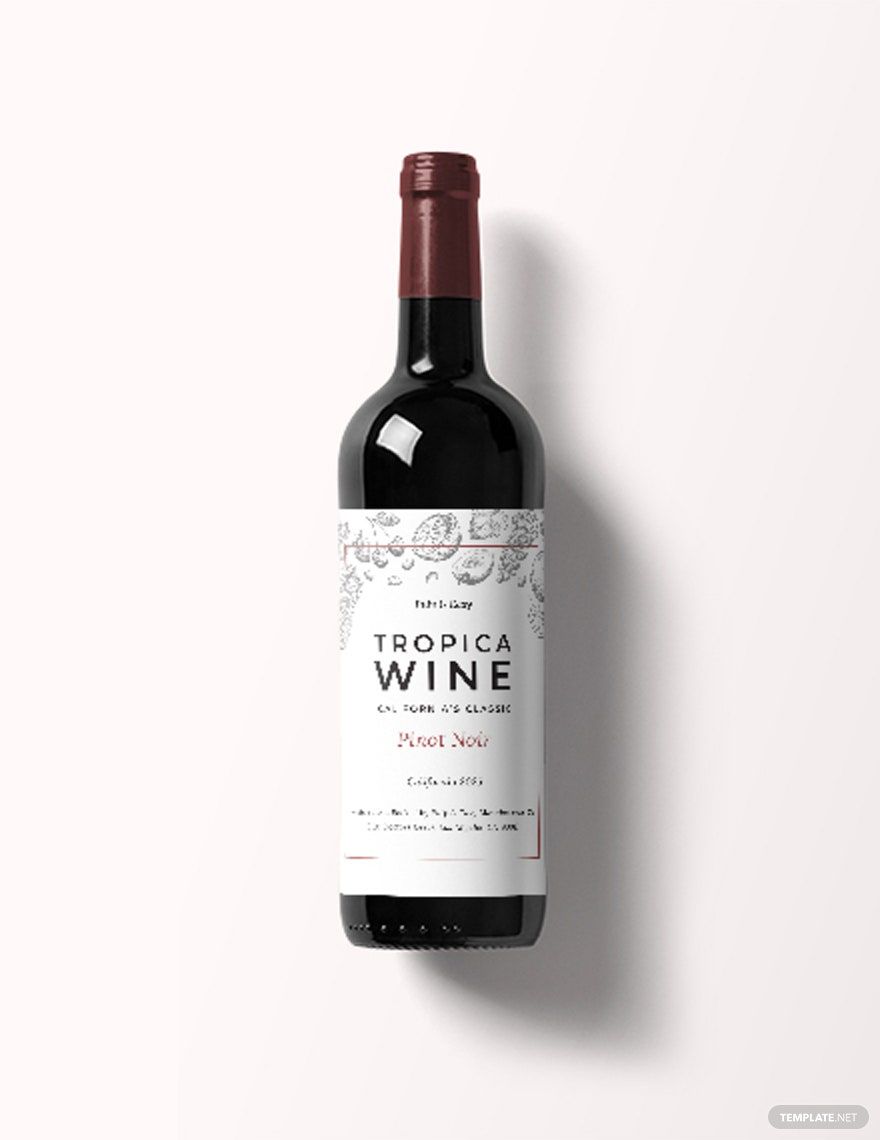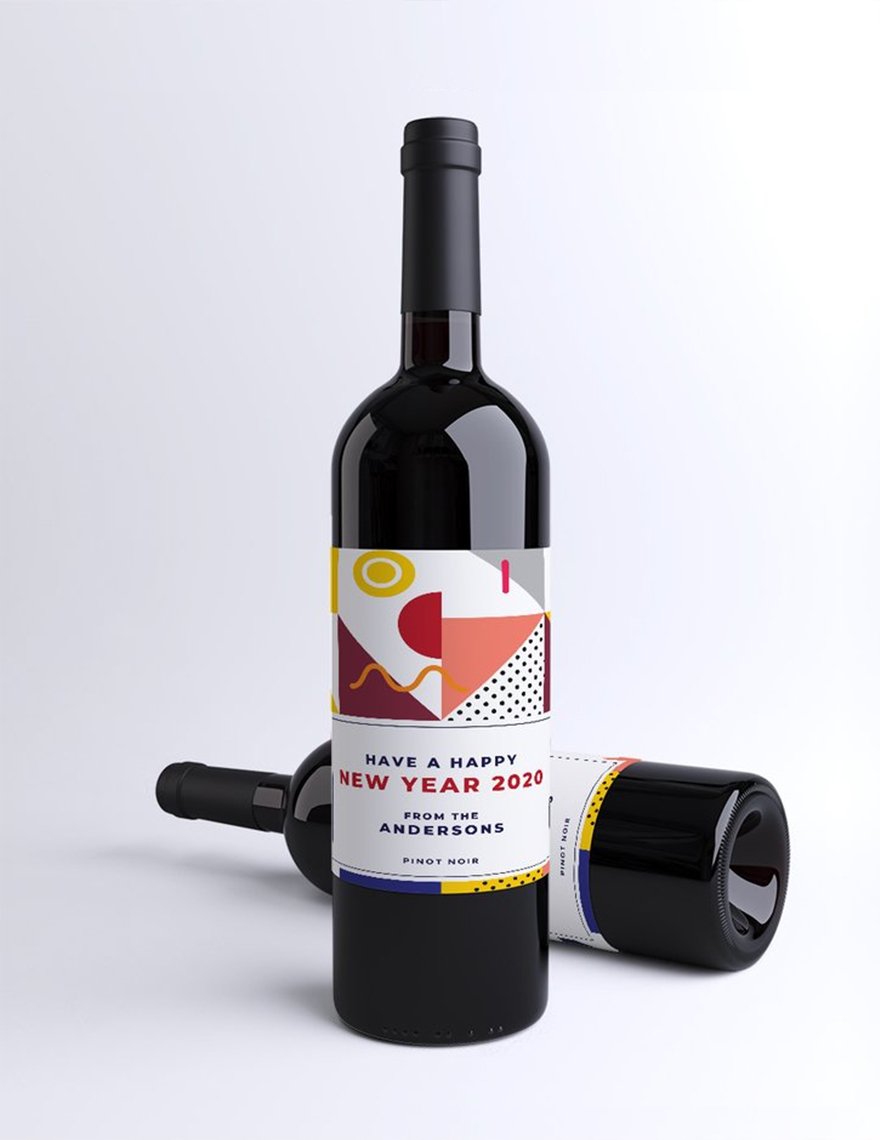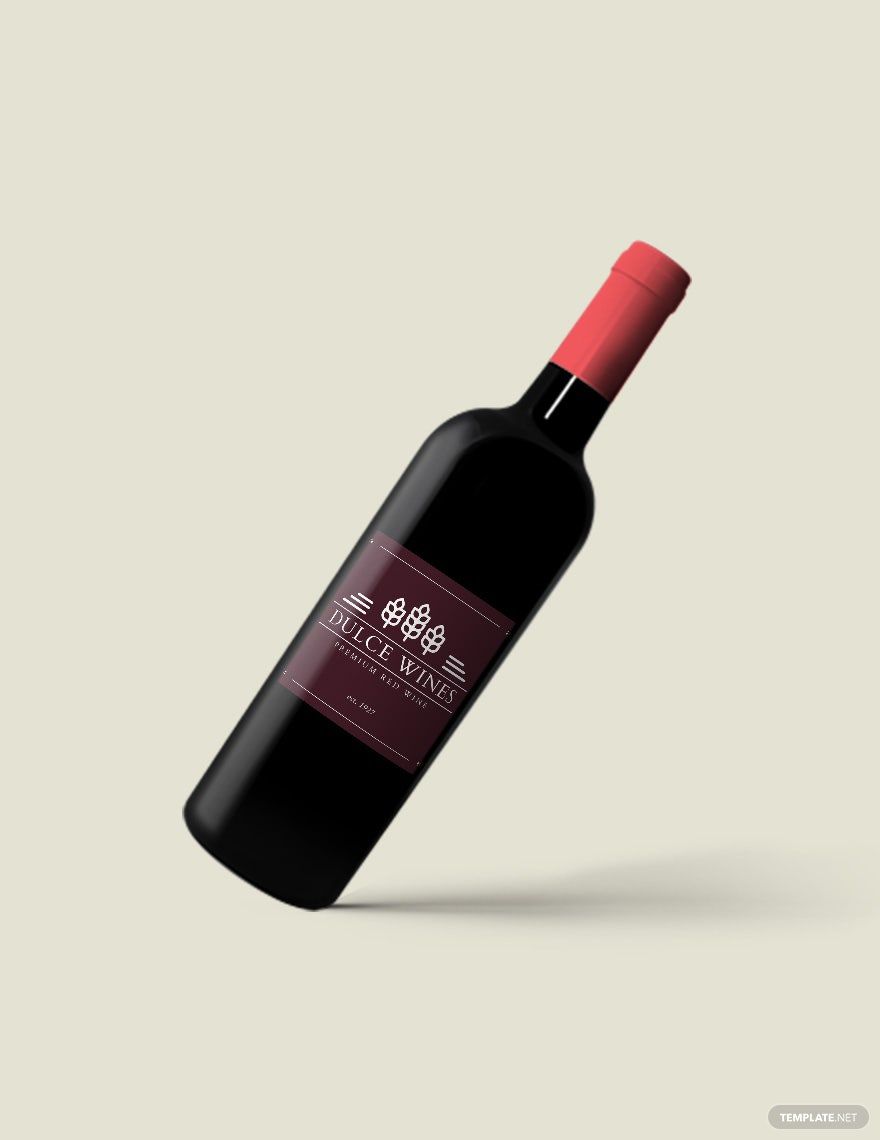Aside from being one of the most important marketing tools, labels ensure that there is transparency with regards to the ingredients, process, manufacturer, and other important details about the product. Our Wine Label Templates in Microsoft Word have been specially created to help you easily provide the required information in the most aesthetically pleasing way. Our ready-made templates will make it easier for you to stay in line with your brand identity with the help of its easy-to-edit feature; you can change the colors, images, font styles, contents, and so on. Get our Wine Label Templates in Microsoft Word for free today to effectively make your brand known.
What Is a Wine Label?
A label is a small piece of paper, cloth, a light sheet of metal, or other materials attached to the container or product that contains printed information describing the item. They are used to provide some information about the product's origin, use, disposal, and even the brand name or manufacturer. A wine label is a small piece of paper that contains information about the bottle of wine that it is attached to.
How to Create a Wine Label on Microsoft Word?
Because there are a lot of wine manufacturers and flavors, it is important to attach a label to your bottle so your customers can identify that you are the creator as well as sharing some information of the wine content to your customers. It is used to reflect your brand among countless others in the wine industry. To find out how you can create an effective label on Microsoft Word, you can follow the tips below.
1. Brand Definition
It's important for wine labels to have a look that can strongly reflect on your brand. The sample label design should strongly emphasize your product. Once your customer sees your label, they won't hesitate to add the bottle to the cart.
2. Blast From the Past
When it comes to wine, the best tasting ones are the ones that have been left to age for over a long period of time. Having a label that has an old-looking design can certainly bring this appeal to your customers. So to come up with your label design, take a look back at your previous designs and apply a similar look to give your wine bottle a touch of class, nostalgia, and value.
3. Logo Selection
Some wine bottles sell high due to the fact that their label contains an original piece of artwork from a famous artist. Although it is much more difficult to obtain art pieces or commission from the more established artists, it would be smart to commission a work or logo design from an artist who is on the rise.
4. The Content of the Label
In creating your label, you will, of course, have to include some information on the product itself. So let's begin by adding the name of the producer of your wine. This is to help give your customers some insight on who produce it. Next, include the region of origin or add the name of the area or place that manufactured your product. Knowing where it came from add to the appeal of your wine. Also, include the name of the person or company who manufactured the bottle itself. Along with the manufacturer put down the origin of the manufacturer like where they can be located. One other important element you need to add to your label is the content of your alcohol. According to guidelines from the Alcohol and Tobacco Tax and Trade Bureau, the amount of alcohol and volume must be printed through percentage.
5. Review
When you finish creating your label, time some time to review the content of your modern label. check for any misalignments and edit them while you still can. Proofread for any possible spelling, grammar, or punctuations errors as well. When you finish, you can save your work before having it printed.






































